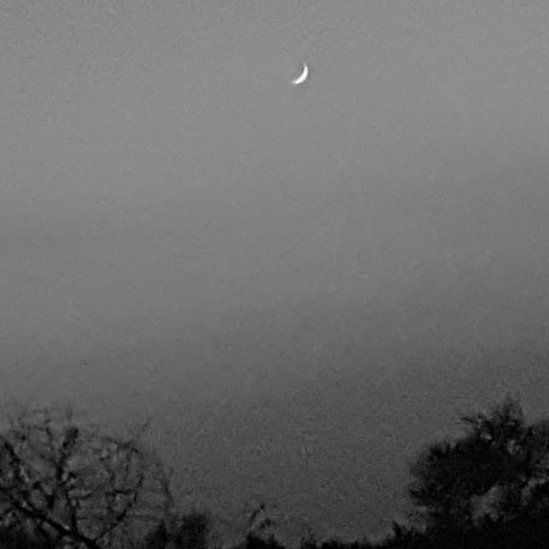BBC’s report on moon sighting controversy, that started after a tweet of Minister of Sci & Tech, Fawad Ch, had brought my attention that numerous politicians and “intellectuals” of our society saw the new Cresent, following a month of 30 days, for the first time in their life. They were probably confused about the new crescent and justified that it couldn’t be “crescent of the first day” but of the “day two”. Minister of Science and Technology, Fawad Chaudhry, was apparently furious because his “lunar calendar” has failed once again.

It is worth reminding the readers that I have time and again said that it is impossible to formulate a “lunar calendar.” This is because there are some regions of the world (Region A) where the new crescent can be easily seen; then there are other regions (Region B) where new crescent can be seen with difficulty, although not highly unlikely; while in rest of the regions (Region C) it is impossible to see the crescent.
While SUPARCO’s quacks have formulated a lunar calendar, they are entirely unaware of the “Science of Crescent Sighting.” In Region B areas, when the crescent cannot be seen on the evening of 29 of the ongoing month, then it is visible the next evening, which is 30th of the current month. This crescent can be usually seen between a half-hour to one hour after sunset and is more thick and bright than the typical crescent. On the evening of 30th, we USUALLY observed hilal through telescope half an hour before and continued to see it an hour or more after sunset (in case it was not seen on the evening of 29th). Those people, including Fawad Chaudhry, say that the crescent seems of day two or day three, only because of their lack of expertise and knowledge.
It is pertinent to mention here that our Prophet PBUH has admonished never to say that a Cresent, after observing, is brighter and thicker, seems like the second or third day. (There can never be any flaw in the knowledge of our Almighty Creator and our Prophet PBUH).
This humble writer has worked practically in the field of astronomy for the past twenty years. Whenever we would not find the crescent on the 29th evening of the month, we would start searching before the sunset on the evening of the 30th. And usually, we found the nascent crescent half hour before the sunset, and it would remain in the sky between a half-hour and an hour after the sunset. All of this was done with the help of telescope at Karachi University’s Astronomy Department.
Interestingly, Fawad Chaudhry’s calendar also shows the month of Zil-Hajj ending with 30 days on Thursday and that the crescent of that month will remain visible on the sky for an hour and a quarter. But still, the people who have made the calendar consider it the moon of the first day of the month. The reason I call these people as quacks or that they lack knowledge or do not have experience is because they are ignorant of the fact that their own calendar is showing a crescent after 30 days, similar to the one observed for this month.
This is not an issue of ego. Science is unable to provide a transparent and credible probability regarding the moon in region B. This is why a lunar calendar can not be formulated in advance. Even in Region B areas, it sometimes happens that the crescent is not visible, although there was a clear probability of sighting crescent. Therefore, the models used by the SUPARCO to make the lunar calendar and a mobile application are anything but not accord science.
The pseudo-science is being misunderstood by the actual science in our society, and the majority of intellectuals believe in it. This is neither in line with science nor with the religion, and only cause more confusion in the society.
The article is originally written by Prof Shahid Qureshi, a senior researcher and Prof of Karachi University.
Also visit; Rare strawberry moon



